On September 30, 1954, after 80 days and nights of political struggle, we and France signed the Agreement on the military transfer of Hanoi; on October 2, we signed the Agreement on the administrative transfer of Hanoi.
On October 8, 1954, Binh Ca Battalion (Capital Regiment, Division 308) was the first army unit to enter Hanoi with the mission of receiving and handing over French military positions, ensuring safety for the army that would enter to take over the capital on October 10, 1954.
At 4:00 p.m. on October 9, 1954, the last French soldiers withdrew across Long Bien Bridge. At 4:30 p.m. the same day, the Vietnam People's Army took complete control of the city, taking over the entire city of Hanoi in a neat and orderly manner.
On the morning of October 10, 1954, the City Military Commission and the People's Army units including infantry, artillery, anti-aircraft, mechanized... divided into many large wings to launch a historic march into Hanoi. Hundreds of thousands of Hanoians, from young to old, poured into the streets, wearing their best clothes, carrying flags, photos, flowers, gathering on the main streets, joyfully and proudly welcoming the victorious army back. Leading the way was the Capital Regiment, raising high the flag "Determination to fight - determination to win". At 3:00 p.m. on October 10, 1954, the red flag with a yellow star fluttered on top of the ancient Flagpole, the army and people of the Capital attended the victory celebration at the Flagpole yard.
The developments of the takeover and liberation of the Capital 70 years ago were vividly reflected in newspapers published before, during and immediately after the historic day of October 10, 1954.
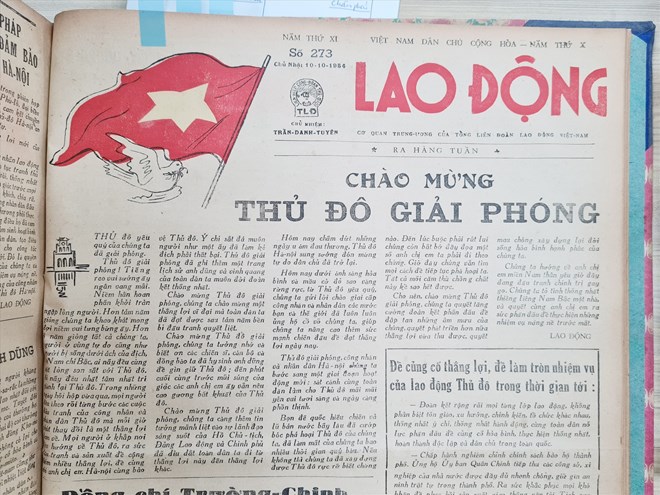
Front page of Lao Dong newspaper issue 273 published on October 10, 1954. Photo: Lao Dong newspaper.
Among these, we cannot fail to mention a very special publication, published on the day the Capital was officially liberated with a series of in-depth articles about this historical event. Two years ago, Lao Dong newspaper published an article sharing about this special issue.
Accordingly, the issue published on October 10, 1954 was Lao Dong newspaper No. 273, 4 pages printed with type on A3 paper, the cufflinks were printed in bright red with the image of the national flag fluttering in the wind and a dove symbolizing peace.
On the front page, right below the information line "Democratic Republic of Vietnam Year X" and the newspaper cuff, there is a series of outstanding news articles, in which the article that takes up the largest amount of space is the article with the title "Welcome to the liberated Capital".
Right at the beginning of the article, there were lines written like a joyful announcement: “Our beloved capital has been liberated. The capital is liberated! That joyful shout resounds forever. Joy and excitement fill people's hearts. For more than eight years, we have longed and awaited that jubilant joy."
“Today, the days of gloom and sorrow have ended. The capital Hanoi happily welcomes the return of freedom and democracy. Today, under the light of peace and the bright red flag with yellow star, from the beloved capital, we send greetings to the working class and people of friendly countries and the world who have always supported and encouraged us, helping us to increase our fighting strength to achieve today's victory,” the article affirmed.
The article emphasized that "... The capital is liberated, the workers and people of Hanoi turn a new page: standing side by side with the entire population to make the capital forever peaceful, bright and increasingly prosperous."
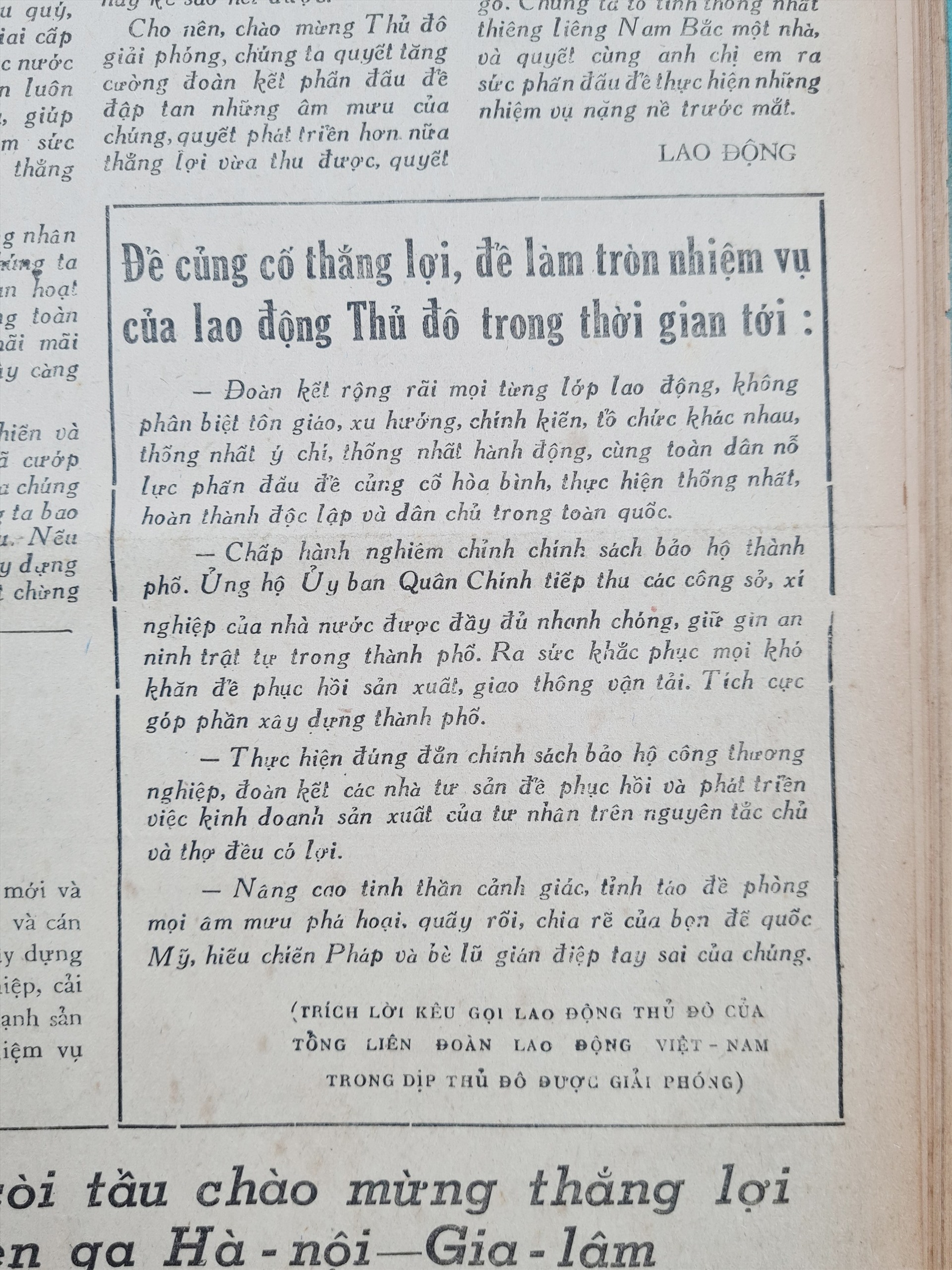
Lao Dong Newspaper also published the call for workers in the Capital by the Vietnam General Confederation of Labor on the occasion of the Capital's liberation. Photo: Lao Dong Newspaper
"Quickly rebuild a peaceful and happy life"
In particular, the article affirmed: "Welcoming the liberation of the Capital, we are determined to strengthen our solidarity and strive to crush their plots, to further develop the victories we have just achieved, and to quickly rebuild our peaceful and happy life."
The author of the article also did not forget to remind: “We turn to our beloved Southern brothers and sisters who are now engaged in fierce political struggles. We express our sacred unity of the North and the South as one family, and are determined to work together with our brothers and sisters to strive to fulfill the heavy tasks ahead.”
Also on the front page of the special issue published on October 10, 1954, as a newspaper for workers, Lao Dong newspaper also published the call for workers in the Capital by the Vietnam General Confederation of Labor on the occasion of the Capital's liberation. After shortening the headline with the title "To consolidate victory, to fulfill the tasks of workers in the Capital in the coming time", the article emphasized the call for "broad solidarity of all working classes, regardless of religion, tendency, political views, different organizations, unifying will, unifying action, working together with the entire people to strive to consolidate peace, realize unity, complete independence and democracy throughout the country".
In this article, the Vietnam General Confederation of Labor also called on workers in the capital to “strictly comply with the city’s protection policy. Support the Military Commission to quickly and fully take over state offices and enterprises, and maintain security and order in the city. Strive to overcome all difficulties to restore production and transportation. Actively contribute to the city’s construction.”
Along with the two articles above, Lao Dong special issue on October 10, 1954 also published many articles, news, and notes reflecting the excited atmosphere of all classes of people and professions on the day of the liberation of the capital such as "The train whistle welcomes the victory at Hanoi - Gia Lam station", recording valuable historical information about the first train departing from Hanoi station on September 21, 1954; A series of articles recording the atmosphere of production recovery, taking over important works and factories on the day the capital was completely liberated such as "Serving the construction of the Hanoi - Nam - Quan railway", "Left bank workers participate in production recovery after the liberation day", "Reviewing the struggle to protect light for the capital Hanoi".
Also two years ago, on the occasion of the 68th anniversary of the Liberation of the Capital, Nhan Dan newspaper published many articles in detail about the special issue published on October 11-12, 1954 - one day after the liberation of the Capital - filled with news about this important event. In particular, this issue reserved the most solemn position for the telegrams of reporters from the scene with the title: "On October 9, 1954, the Vietnam People's Army completely took over the Capital Hanoi".
Red flags with yellow stars fly all over the streets
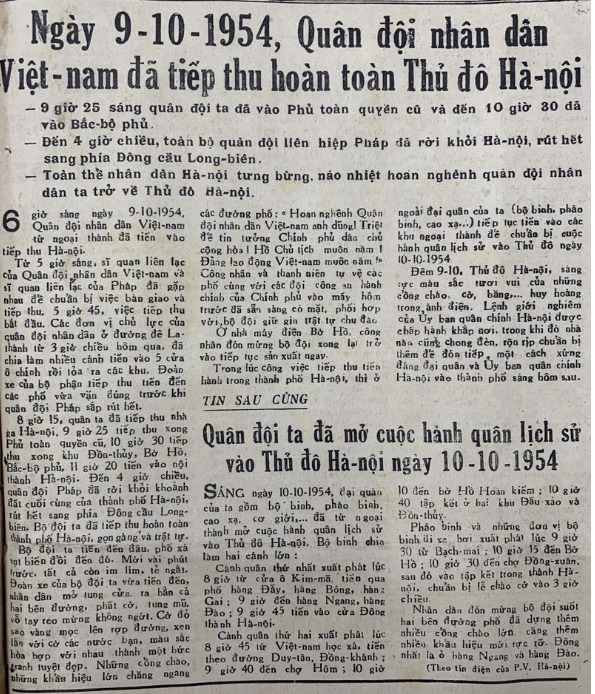
Nhan Dan Newspaper special issue published on October 11-12, 1954. Photo: Nhan Dan Newspaper
In particular, "Hanoi reporter's telegram" after reporting in detail the important developments of October 9, 1954 such as: "At 9:25 am, our army entered the old Governor's Palace and by 10:30 am, it had entered the Northern Palace. By 4 pm, the entire French Union army had left Hanoi, withdrawing to the east of Long Bien bridge", fully described the joyful atmosphere of Hanoi at that time.
"By 4:00 p.m., the French army had left the last piece of land in Hanoi, withdrawing to the east of Long Bien bridge. Our troops had completely taken over Hanoi, neatly and orderly.
Wherever our troops advanced, the streets suddenly changed. Just a few minutes ago, everything was still quiet and dull. As soon as our troops' convoy arrived, the people opened their doors, went out to both sides of the street, waved flags, threw their hats and clapped their hands in joy. Red flags with yellow stars flew all over the streets, mixed with the flags of neighboring countries, the colors blending together to create a beautiful picture. Welcome gates and large slogans were hung across the streets: "Welcome to the heroic People's Army of Vietnam! Completely trust the Democratic Republic Government! Long live President Ho! Long live the Vietnam Workers' Party!". Workers and youth self-defense forces of the streets, along with the administrative police teams of the Government from a few days ago, were ready to be present, coordinating with the troops to maintain order carefully" - the article said.
The article also informs:
"At the Bo Ho power plant, workers welcomed the soldiers and then immediately returned to continue production.
While the reception work was being carried out in Hanoi city, our main army (infantry, artillery, anti-aircraft...) continued to advance into the suburbs to prepare for the historic march into the capital on October 10, 1954.
On the night of October 9, the capital city of Hanoi was brightly lit with the cheerful colors of welcome gates, flags, and banners, resplendent in electric lights. The curfew order of the Hanoi Military Commission was enforced everywhere, while every house was lit up, busily preparing to properly welcome the army and the Hanoi Military Commission into the city the next morning.
In "The Last News", with the title "Our army launched a historic march into the capital Hanoi on October 10, 1954", the reporter of Nhan Dan newspaper said: "On the morning of October 10, 1954, our army including infantry, artillery, anti-aircraft, mechanized,... from the suburbs launched a historic march into the capital Hanoi. The infantry was divided into two large wings:
The first army set off at 8:00 from Kim Ma gate, passed through Hang Day, Hang Bong, Hang Gai streets; at 9:00 arrived at Hang Ngang, Hang Dao; at 9:45 entered the East Gate of Hanoi citadel.
The second army departed at 8:45 from Vietnam University, advanced along Duy Tan and Dong Khanh streets; arrived at Hom Market at 9:40; arrived at Hoan Kiem Lake at 10:10; and assembled at Dau Xao and Don Thuy areas at 10:40.
Artillery and infantry units by car departed at 9:30 from Bach Mai; arrived at Hoan Kiem Lake at 10:15; arrived at Dong Xuan market at 10:30, then assembled in Hanoi citadel, preparing for the flag-raising ceremony at 3:00 p.m.
People welcomed the troops along both sides of the street by setting up many large welcome gates and hanging many new, bright slogans. The largest crowds were on Hang Ngang and Hang Dao.
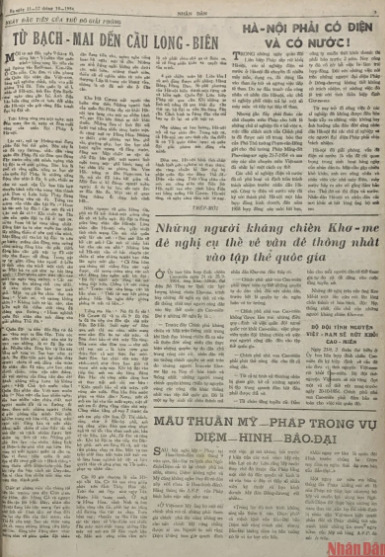
Nhan Dan Newspaper special issue published on October 11-12, 1954. Photo: Nhan Dan Newspaper
"After so many years, today is the day of happiness"
Also in this issue of Nhan Dan newspaper, immersed in that heroic atmosphere, journalist Thep Moi (1925-1991) recorded this historical moment in the travelogue "The first day of the liberated capital: From Bach Mai to Long Bien bridge".
“On October 9, the song “For the People, Forget Yourself” suddenly resounded on the roads leading to Bach Mai, Kim Lien, and Cau Giay. The vanguard units of the Vietnam People’s Army, in neat ranks, advanced to liberate the capital. On National Highway 1, looking toward Hanoi, the electric lights of Bach Mai were getting closer and closer. The electric lights signaled that the workers and all the people of Hanoi were still holding on to the struggle, waiting for the soldiers to return”…
"At 6 o'clock, the green flag-bearing vehicle of the Joint Committee moved into the city center. The French Union unit guarding the road had just withdrawn. The people's cheers rose: "Hooray for you, soldiers! You're back! You're back!" When the first vehicle of our army stopped at the intersection, the cheers became even more enthusiastic. The people rushed out as if they wanted to hug their beloved soldiers.
A comrade officer stepped down from the car, moved and happily welcomed the people, then explained that the people needed to maintain order in order to receive information easily. In the orderly and conscious manner, the people of the suburbs expressed their feelings deeply. An old lady seemed to ask herself: "After so many years, today is the day of happiness". Children stood up on the highest places, clapping their small hands together. An old man hugged his grandchild: "Vinh, are you happy?". Not knowing when, a bright red banner with gold letters had been hung across the street: "Welcome the heroic people's army to liberate the capital".
Wherever our army advanced, the red flag with the yellow star appeared. On the roofs, on the porches, in every house hung high flags with poles already installed. Many doors that had been closed for a long time suddenly opened. After many years of separation, for the first time seeing the brave soldiers of the people's army who had fought for many years, won hundreds of battles, the joy of the people overflowed into endless cheers: "Long live President Ho! Long live the Vietnam People's Army!". The excitement of so many days, of so many years accumulated, everyone wanted to pour out into the streets to follow, to follow forever their liberation soldiers"...
… “Looking back to Hang Ga slope, the streets have become a river of red flags and banners. Our soldiers stand in the hearts of the people of Hanoi. The hearts of the people of Hanoi are rich in revolutionary enthusiasm. The children cling to the soldiers: “When will Uncle Ho return, brothers? We will copy songs for you.” The young people of Hanoi eagerly ask the soldiers about their stories like old friends they haven’t seen for a long time: “None of us could sleep last night, just hoping for you to return soon.” The people keep looking at the soldiers: “Our soldiers are so brave but look so gentle. I can’t help them…” In front of the shops, the women tell each other: “From now on, there will be no more gongs. Every time I hear the gongs, I lose my soul....".
The jubilant atmosphere of the day the Capital was liberated became extremely emotional through the pen of journalist Thep Moi: "The red flag with the yellow star flutters on the top of the Turtle Tower. The autumn sky is as beautiful as Tet. The lake water is clear blue. At the Hang Hoa intersection, our policemen with yellow badges on red backgrounds waved their white sleeves to show the way for the vehicles. At noon today, the first train blew its whistle to Van Dien with the newest locomotive among the ones that our brothers fought to protect. Each worker held a flag and waved it to salute the station and the convoy, clearly showing his excitement and determination.
At 4 p.m., the entire old Inter-Zone I was heroically liberated. Hang Bong, Hang Dao, and the 36 streets of Hanoi turned into a forest of flags and banners. The French Union Army withdrew across the bridge. When the white-helmeted military vehicles had passed the fourth span of the bridge, our infantry moved forward to block the bridgehead. Our policemen stood at the bridgehead to direct traffic and maintain order.
Gently and gloriously, Hanoi returned to the people. In order, the whole of Hanoi was intoxicated with passionate love for the bright national flag and its heroic liberation army.
Tonight, Hanoi calmly obeys the curfew order and is restless and bustling, preparing to welcome the majority of the army to the capital. The electricity is still on. On the welcome gate of the workers of the Bo Ho power plant, an electric five-pointed star reflects on Hoan Kiem Lake. Hanoi is bright, and will be brighter from now on."
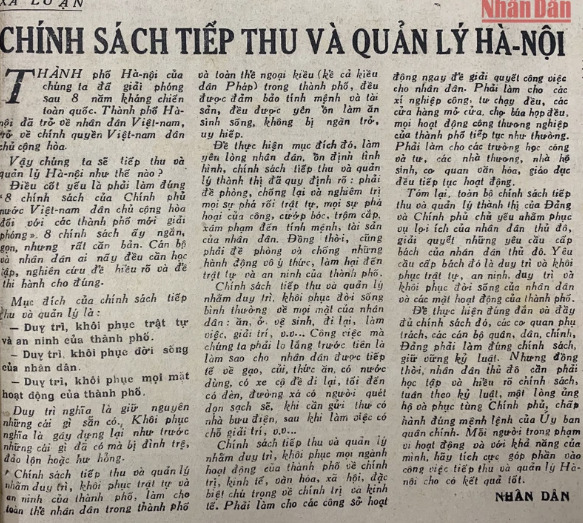
Editorial published in Nhan Newspaper on October 11-12, 1954. Photo: Nhan Dan Newspaper
Also in this special issue, Nhan Dan Newspaper published an editorial "Policy on receiving and managing Hanoi" discussing how we will receive and manage Hanoi after the capital has returned to the Vietnamese people and the government of the Democratic Republic of Vietnam.
The article stated very clearly: "The essential thing is to correctly implement the "8 policies of the Government of the Democratic Republic of Vietnam towards the newly liberated cities". Those 8 policies are short, concise, but very fundamental. All cadres and people need to study and research to understand clearly and to properly implement them.
The purpose of the acquisition and management policy is:
- Maintain and restore order and security of the city.
- Maintain and restore people's lives.
- Maintain and restore all aspects of city operations.
To maintain means to keep what is available. To restore means to rebuild what was existing but has been stagnant, disrupted or damaged.
The policy of reception and management aims to maintain and restore order and security of the city, ensuring that all people in the city and all foreigners (including French citizens) in the city have their lives and property guaranteed, and can live and work in peace without being hindered or threatened.
To achieve that goal, to reassure the people, and stabilize the situation, the policy of receiving and managing the city has clearly stipulated: it is necessary to prevent, combat and severely punish all disturbances of order, all acts of sabotage of public property, robbery, theft, and infringement on the lives and property of the people. At the same time, it is also necessary to prevent and combat unconscious actions that harm the order and security of the city.
The policy of reception and management aims to maintain and restore normal life in all aspects of the people: eating, living, hygiene, traveling, working, entertainment... The first thing we have to worry about is how to provide the people with rice, firewood, food, water, vehicles to travel, lights at night, clean the roads, send letters at the post office, and have a place to relax after work...
The policy of reception and management aims to maintain and restore all sectors of the city's activities in politics, economy, culture, and society, with special attention to politics and economy. We must make the offices operate immediately to solve the work for the people. We must make public and private enterprises operate regularly, shops open, markets meet regularly, and all industrial and commercial activities of the city continue as usual. We must make public and private schools, hospitals, maternity homes, cultural and educational agencies continue to operate."
At the end of the article, Nhan Dan Newspaper affirmed: "The entire policy of receiving and managing urban areas of the Party and Government is mainly aimed at serving the interests of the people of the Capital, solving the urgent needs of the people of the Capital. That urgent need is to maintain and restore order, security, maintain and restore the lives of the people and all aspects of the city's activities.
To properly and fully implement that policy, the responsible agencies, military, civilian, political and Party cadres must follow the policy correctly and maintain discipline. But at the same time, the people of the capital must study and understand the policy, follow discipline, wholeheartedly support and obey the Government, and strictly comply with the orders of the Military and Political Committee. Each person, within the scope of their activities and with their own abilities, should actively contribute to the work of receiving and managing Hanoi to achieve good results."
The liberation of the capital 70 years ago was truly the central event of the press. In addition to Nhan Dan and Lao Dong, many other newspapers published about this event such as: Cuu Quoc Newspaper - the agency of the Lien Viet Front of Inter-zone 5, No. 220, October 18, 1954, on pages 6 and 7, reported on the atmosphere of our army taking over the capital with the title: "The Vietnam People's Army took over the capital Hanoi in a very good order and in an extremely excited atmosphere of the people". Or like the special issue of "Tien Phong" newspaper celebrating the Liberation Day of the Capital published by the Hanoi National Salvation Youth Union in October 1954.
10 years ago, on the occasion of the 60th anniversary of the liberation of the Capital, journalist Tho Cao, in an article in Nhan Dan newspaper with the title "Remembering the liberation of the Capital" once provided information: "A new newspaper called Tin Tuc of the Military Commission was born. The Central Committee assigned journalist Nguyen Thanh Le to be in charge of the newspaper. The editorial board included journalists: Tran Viet, Chu Ha, Nguyen Tieu, Ngo Du, Ngo Thi, Ngo Thi Duong... to do the work assigned by the organization. From the cadres in charge to the reporters, everyone was busy reporting on the successful takeover, writing commentary on the revolutionary government's guidelines and policies, on domestic and world issues...
The news team was led by journalist Nguyen Tieu, later Editor-in-Chief of Dai Doan Ket Newspaper, and journalist Ngo Thi, who specialized in listening to Voice of Vietnam Radio and foreign stations, taking shorthand, and making news...
At dawn on October 10, 1954, newspaper vendors loudly called out, inviting everyone to buy new newspapers: “Tin Tuc Newspaper of the Military Commission here”, “Thoi Moi Newspaper here”. The daily newspaper was as wide as a current weekly newspaper, had four pages, printed in black and white typography, and very few photos. The name Tin Tuc Newspaper was printed in bold letters, each letter was 24mm x 25mm in size, with a serif, serious font. Below the name Tin Tuc Newspaper was a line in capital letters: Agency of the Military Commission of Hanoi City.
On November 10, 1954, the Hanoi Military Commission was launched. The mission of the Military Commission's News Newspaper was completed.
Nguyen Ha (T/H)
Source: https://www.congluan.vn/khong-khi-hao-hung-ngay-giai-phong-thu-do-nam-1954-qua-nhung-trang-bao-troi-thu-ma-dep-nhu-ngay-tet-post315102.html




![[Photo] General Secretary To Lam receives Japanese Ambassador to Vietnam Ito Naoki](https://vstatic.vietnam.vn/vietnam/resource/IMAGE/2025/4/3/3a5d233bc09d4928ac9bfed97674be98)
![[Photo] Prime Minister Pham Minh Chinh chairs meeting after US announces reciprocal tariffs](https://vstatic.vietnam.vn/vietnam/resource/IMAGE/2025/4/3/ee90a2786c0a45d7868de039cef4a712)
![[Photo] Moment of love: Myanmar people are moved to thank Vietnamese soldiers](https://vstatic.vietnam.vn/vietnam/resource/IMAGE/2025/4/3/9b2e07196eb14aa5aacb1bc9e067ae6f)
![[Photo] Special relics at the Vietnam Military History Museum associated with the heroic April 30th](https://vstatic.vietnam.vn/vietnam/resource/IMAGE/2025/4/3/a49d65b17b804e398de42bc2caba8368)
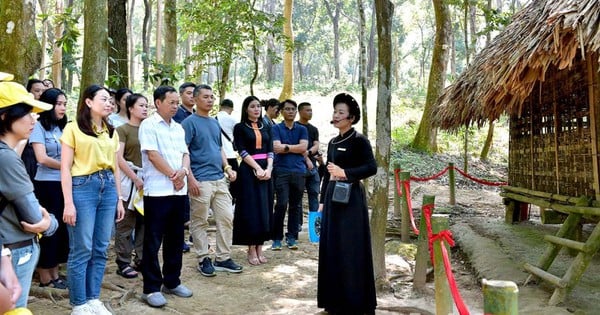

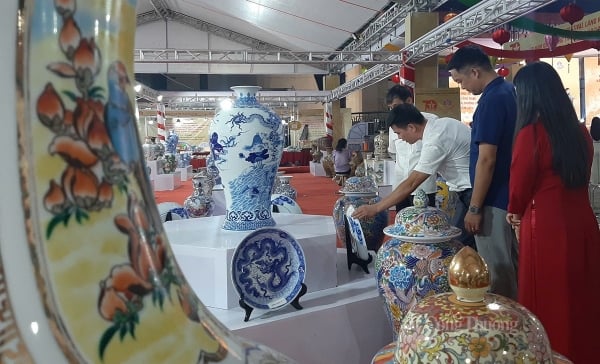

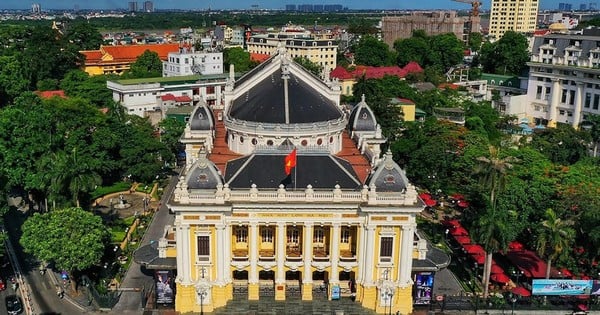





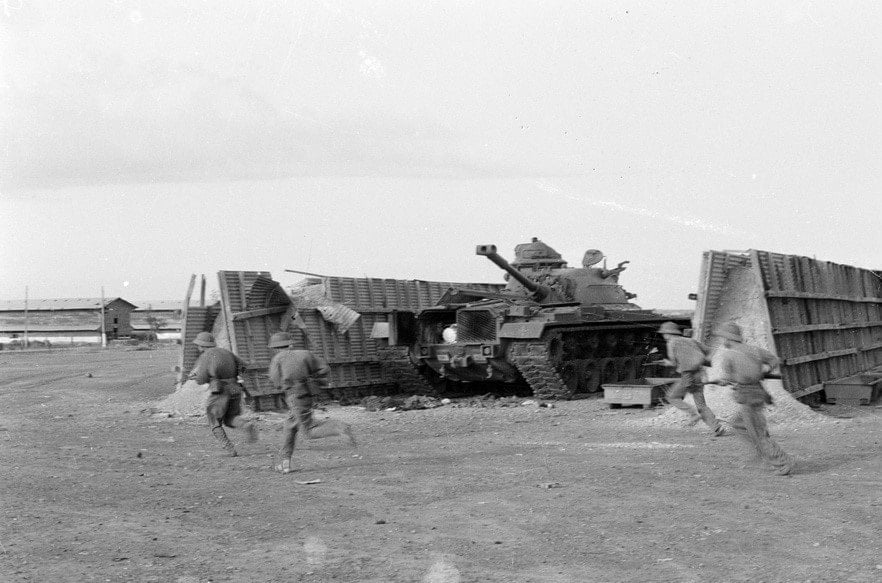
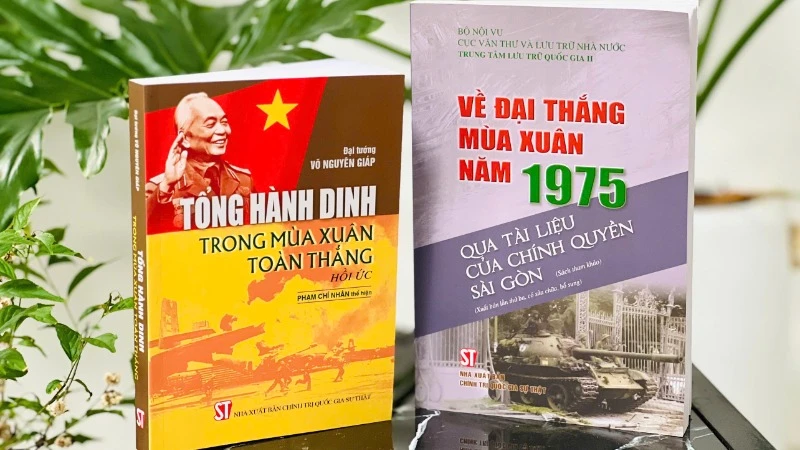


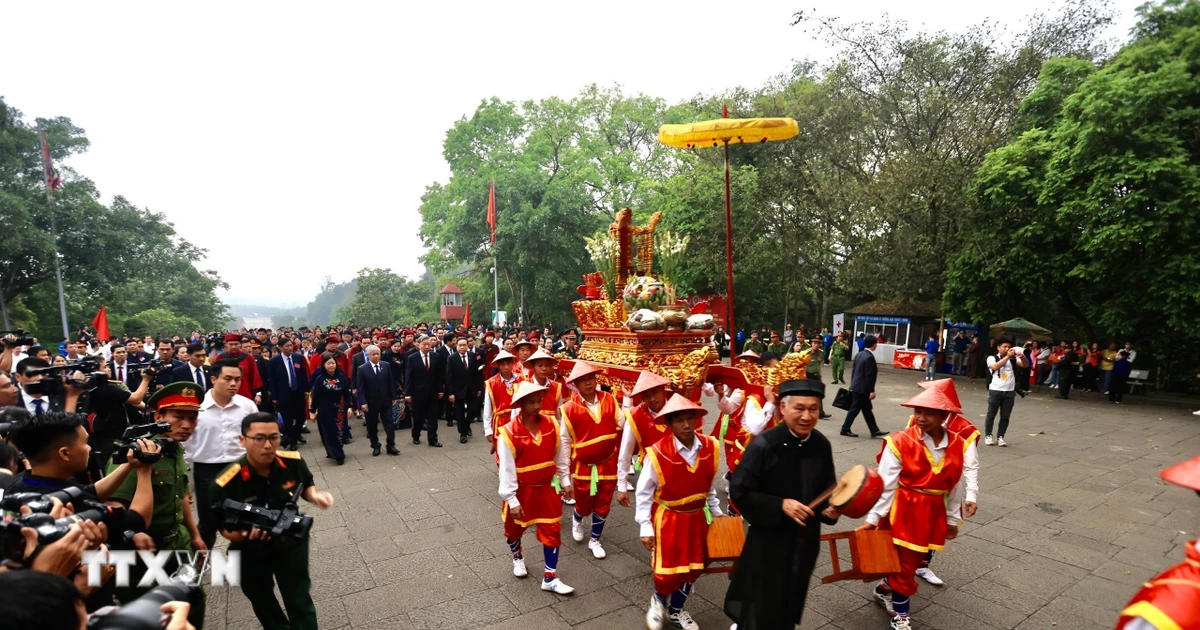
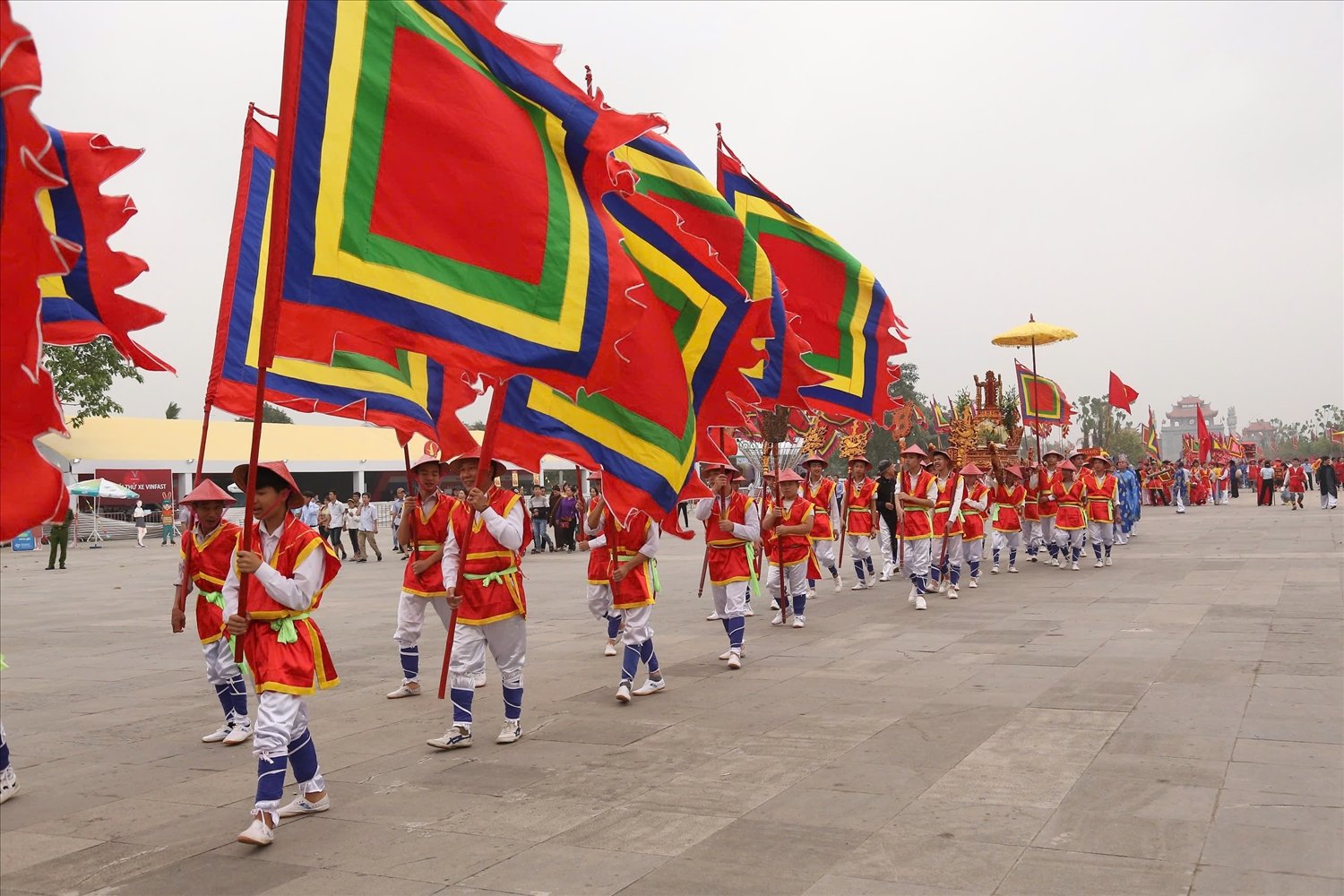




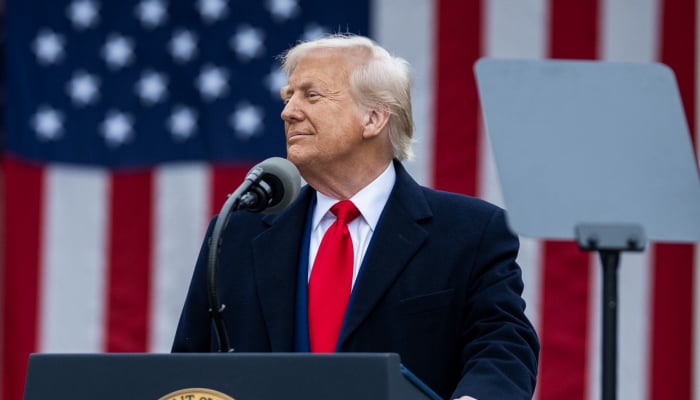
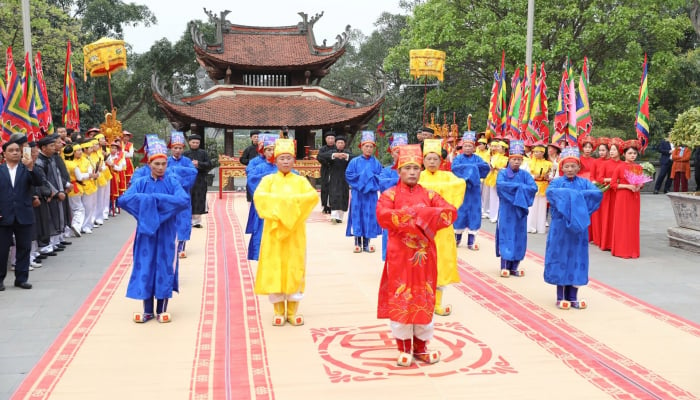
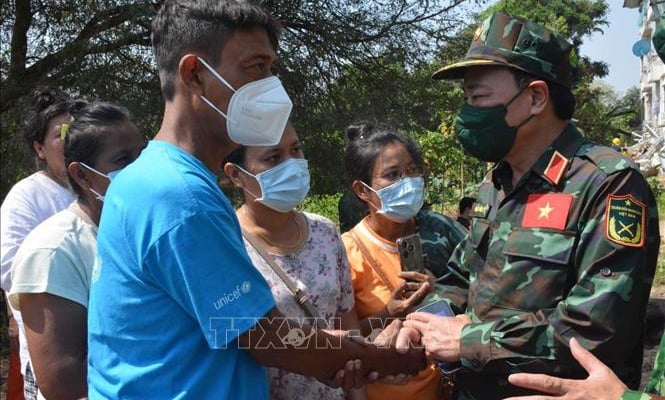
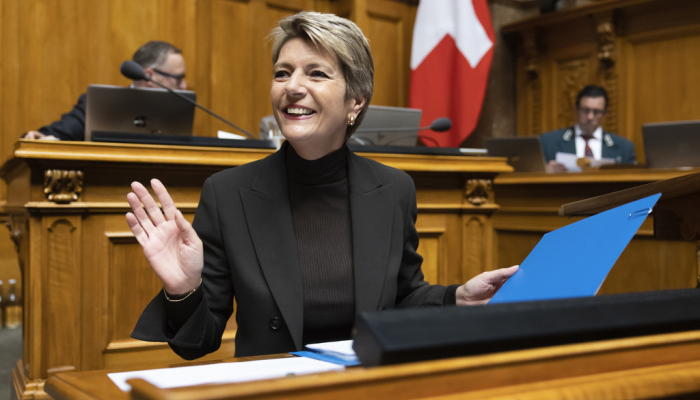
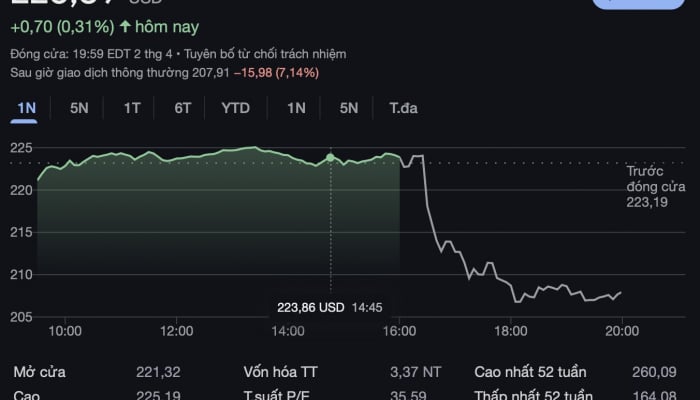
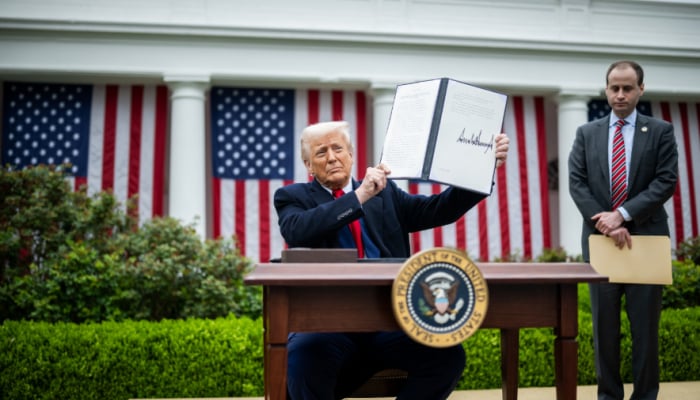




































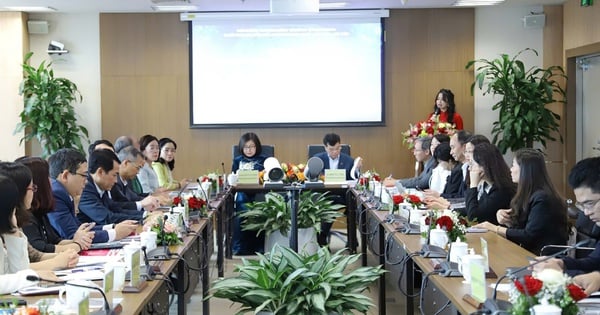

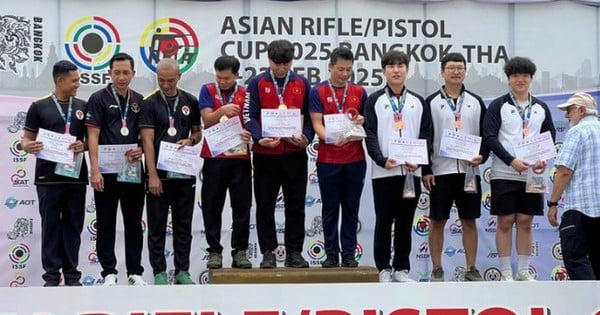
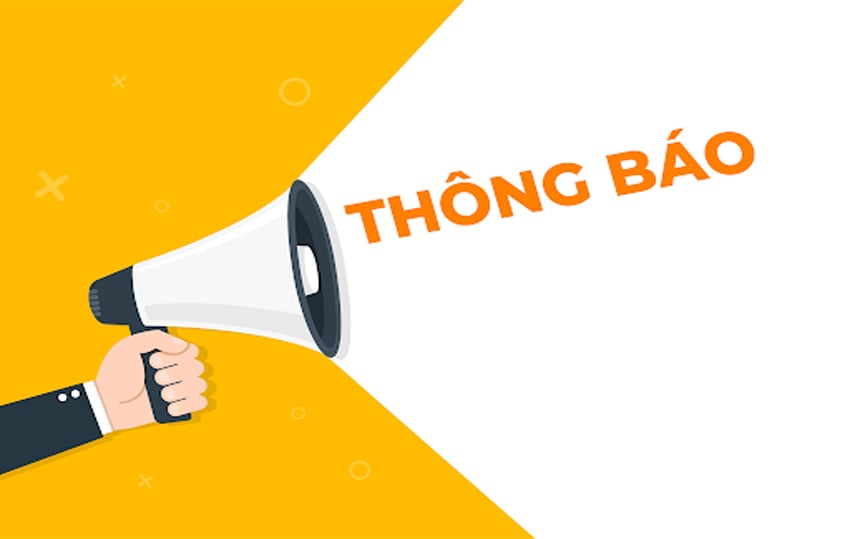

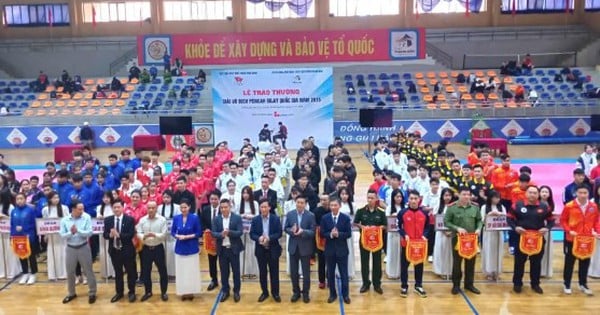
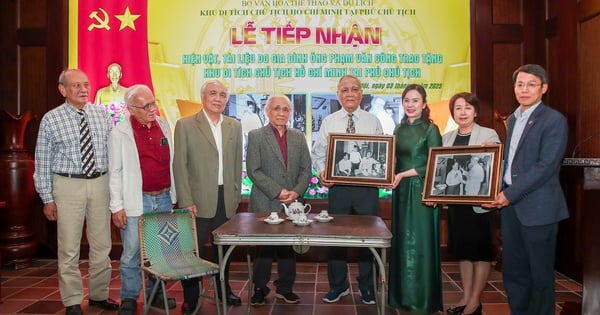


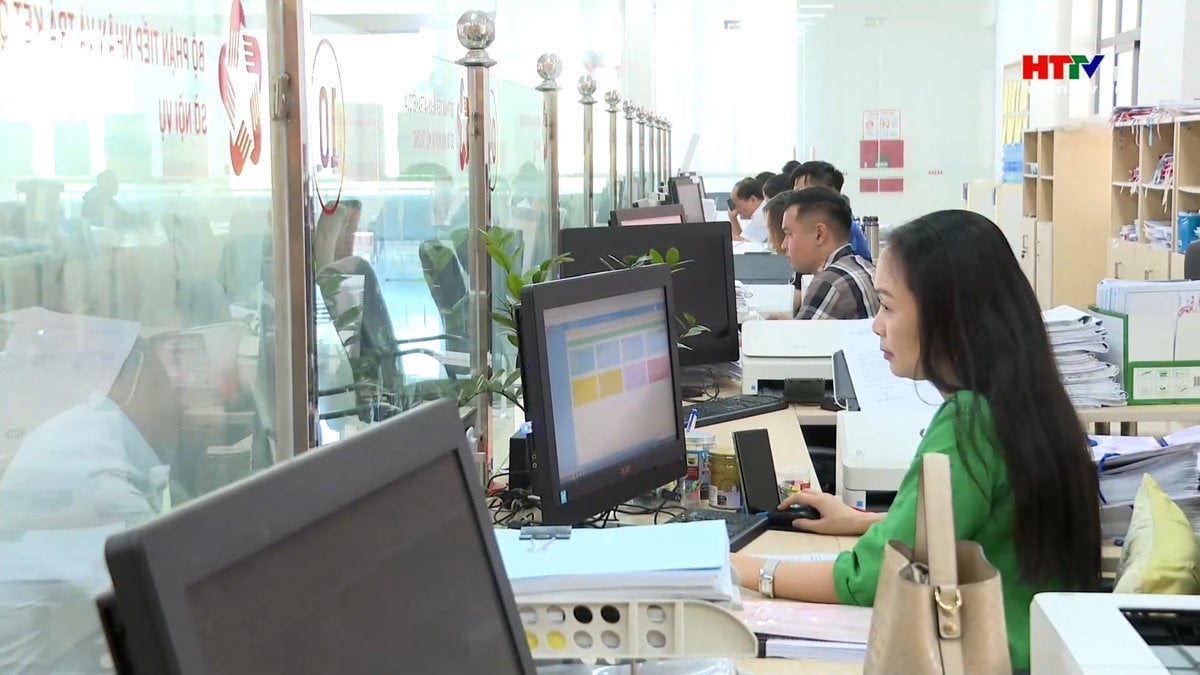
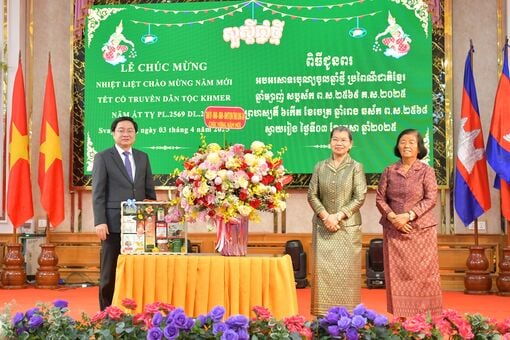
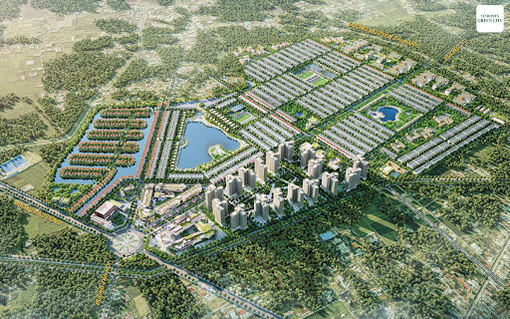

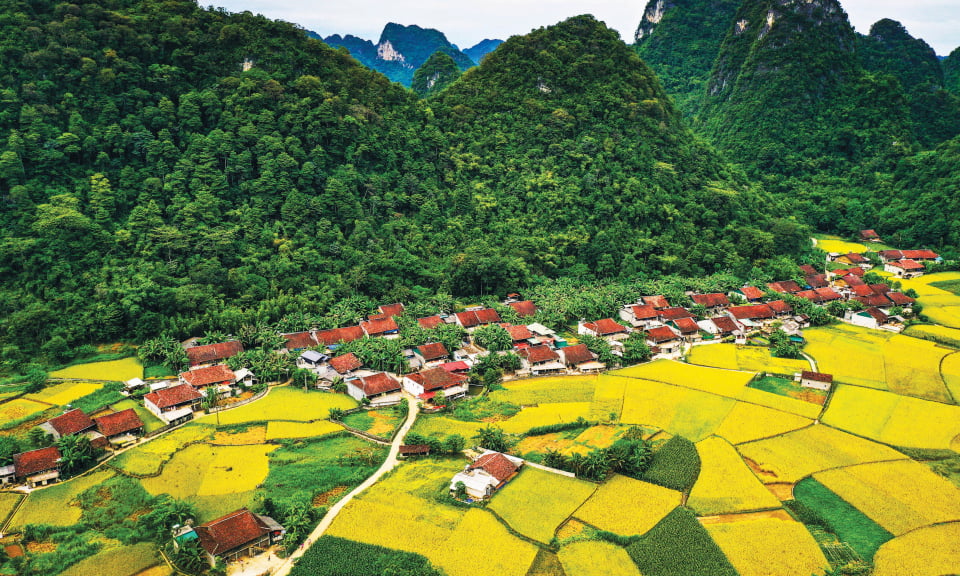














Comment (0)